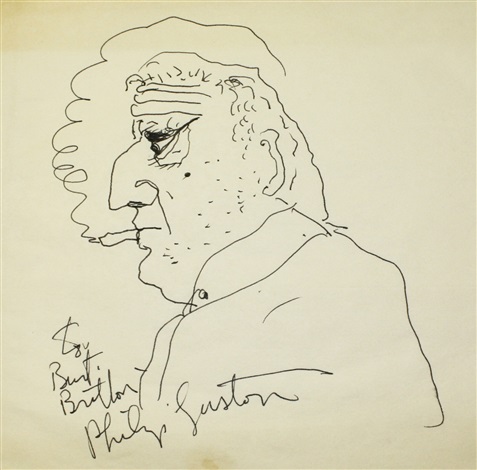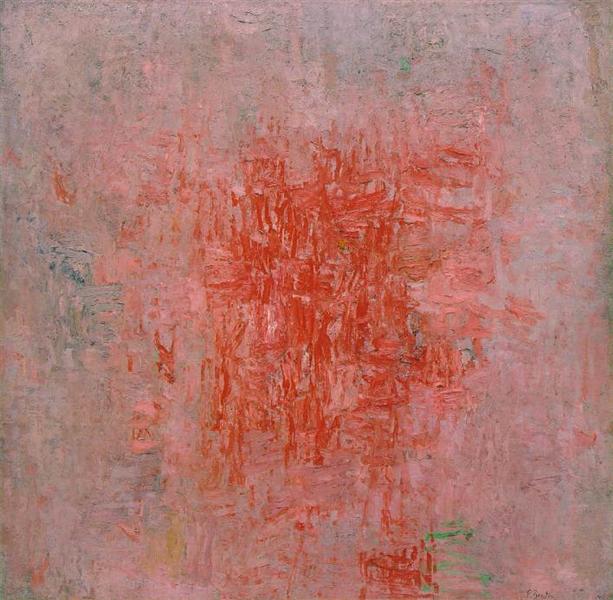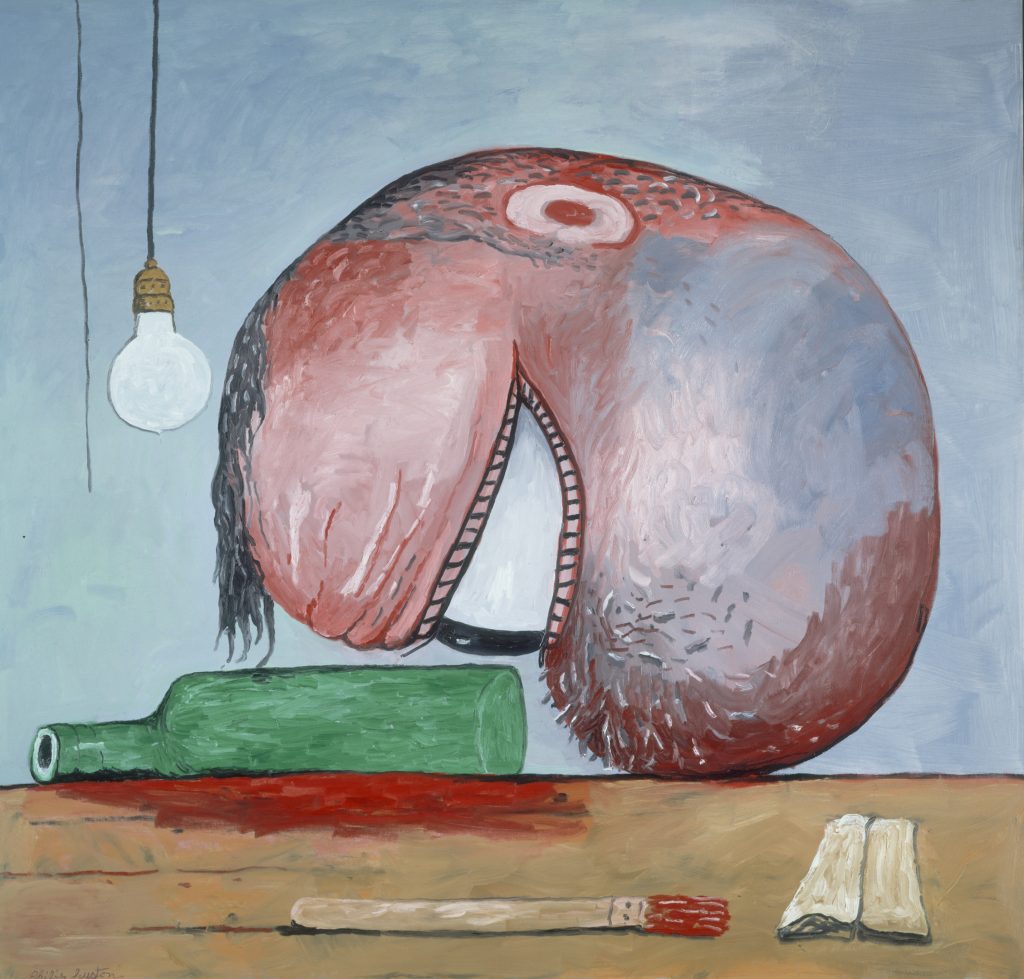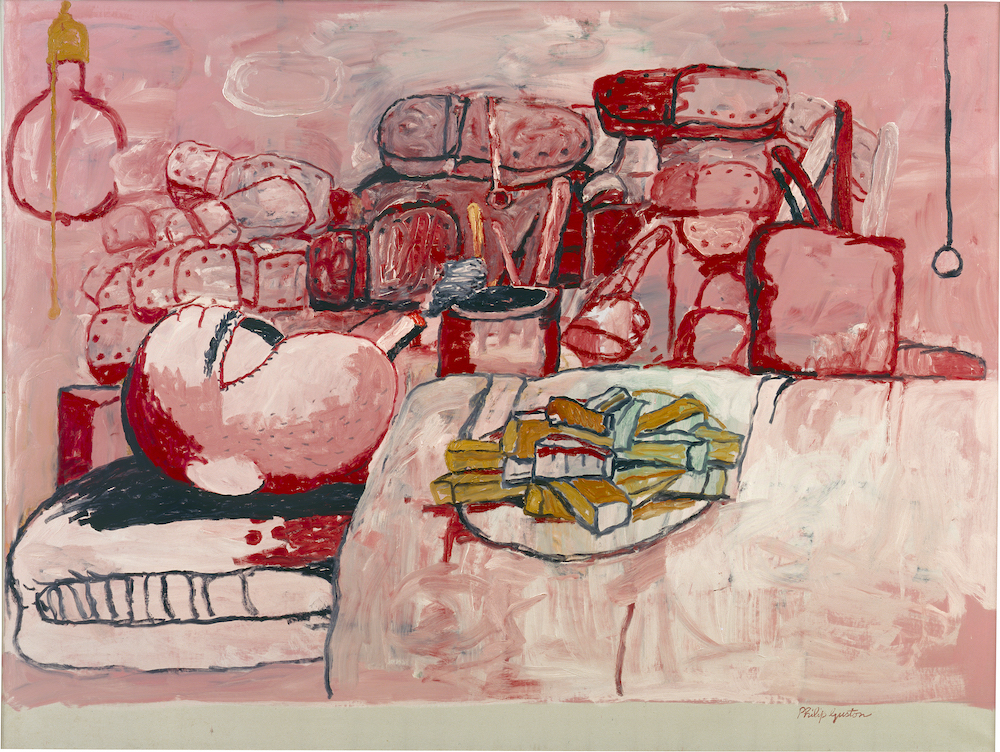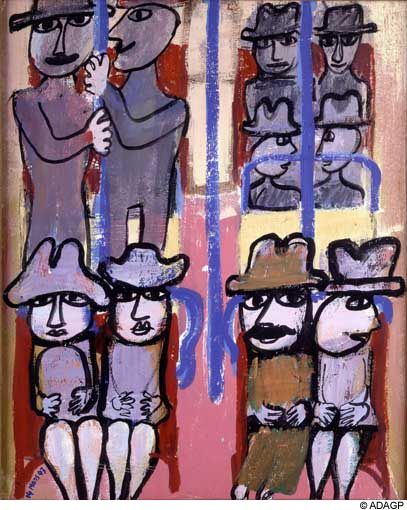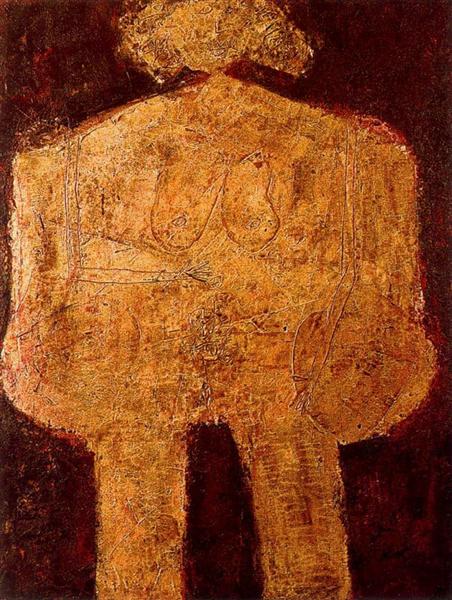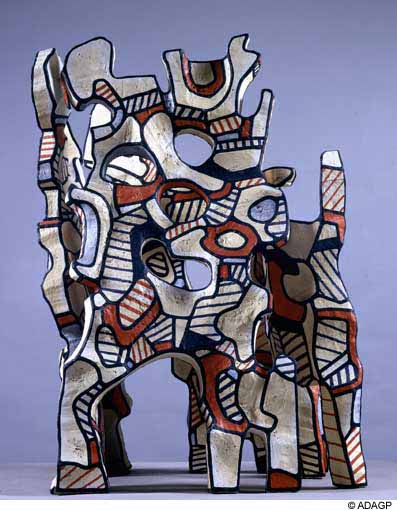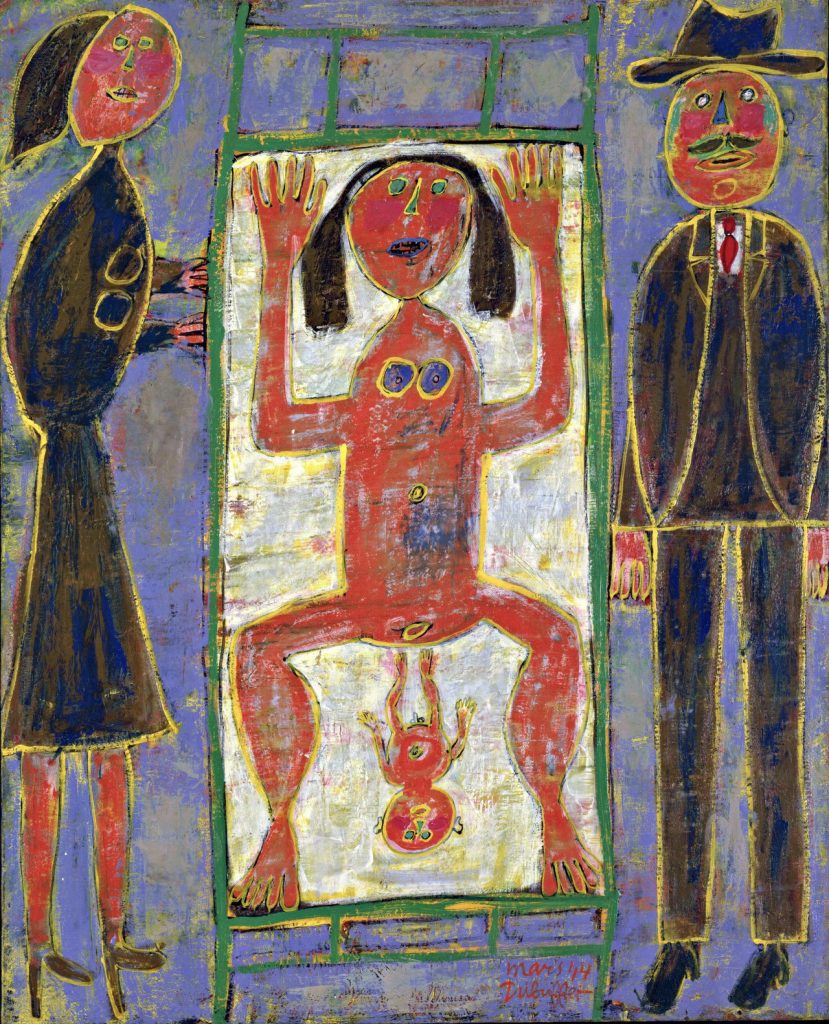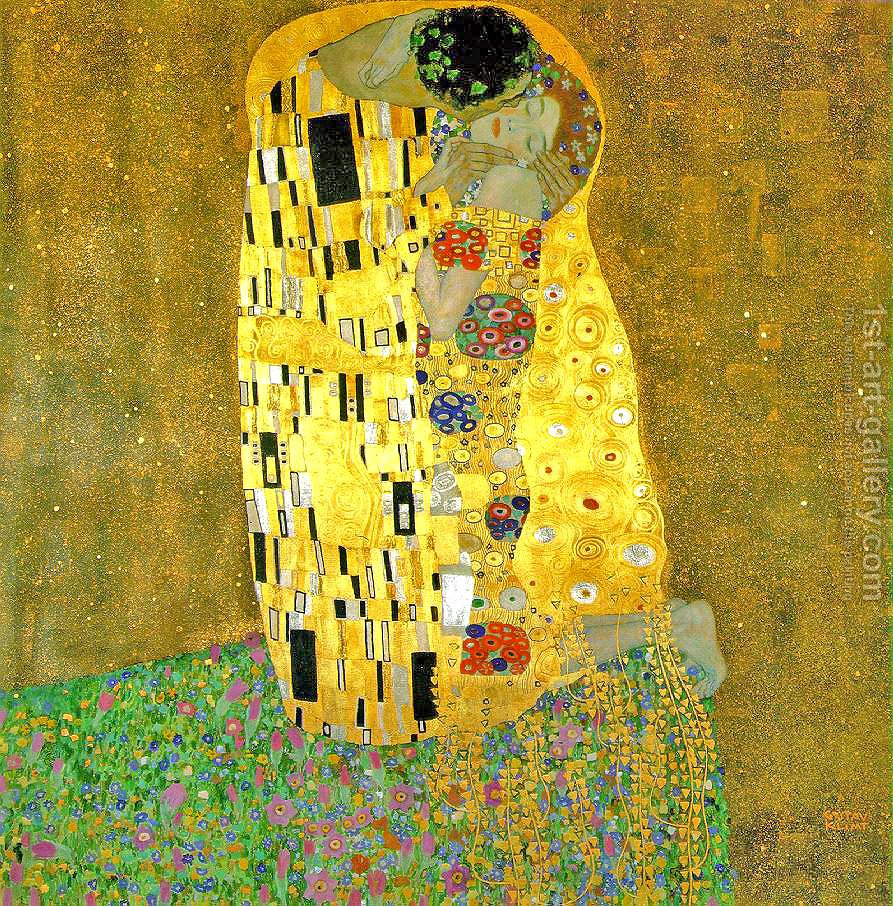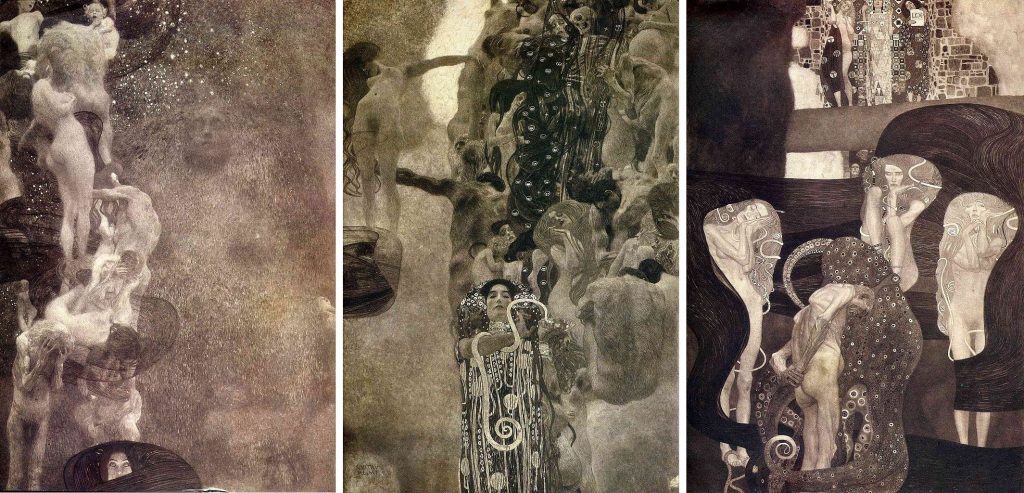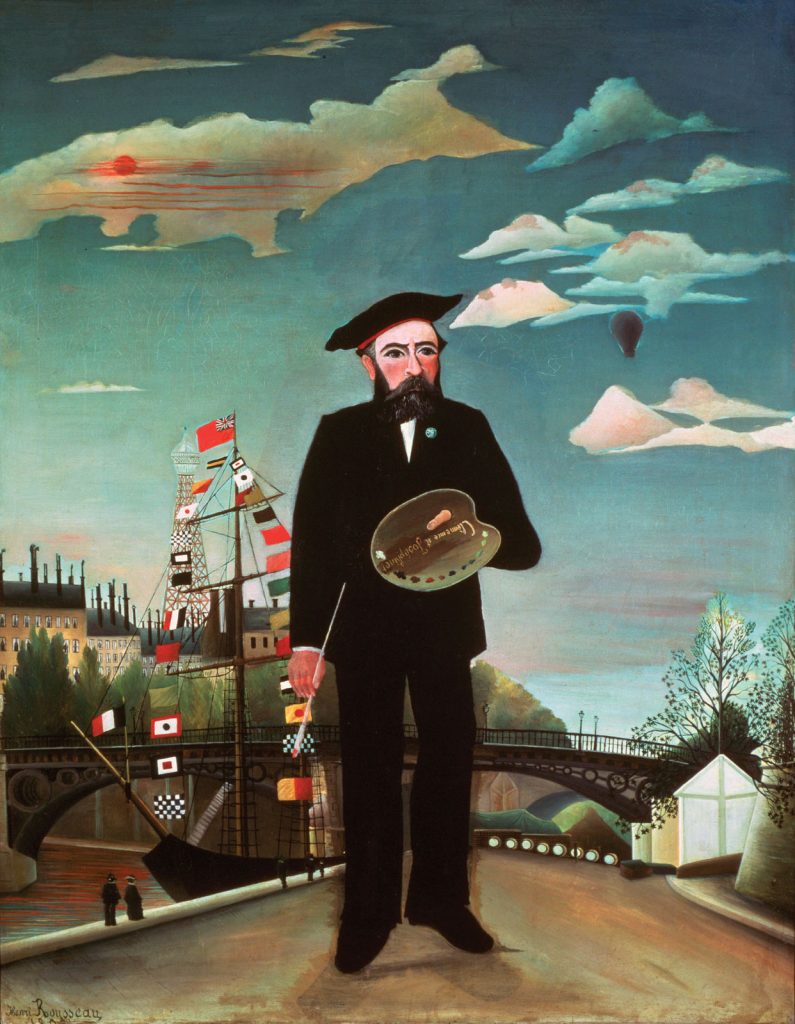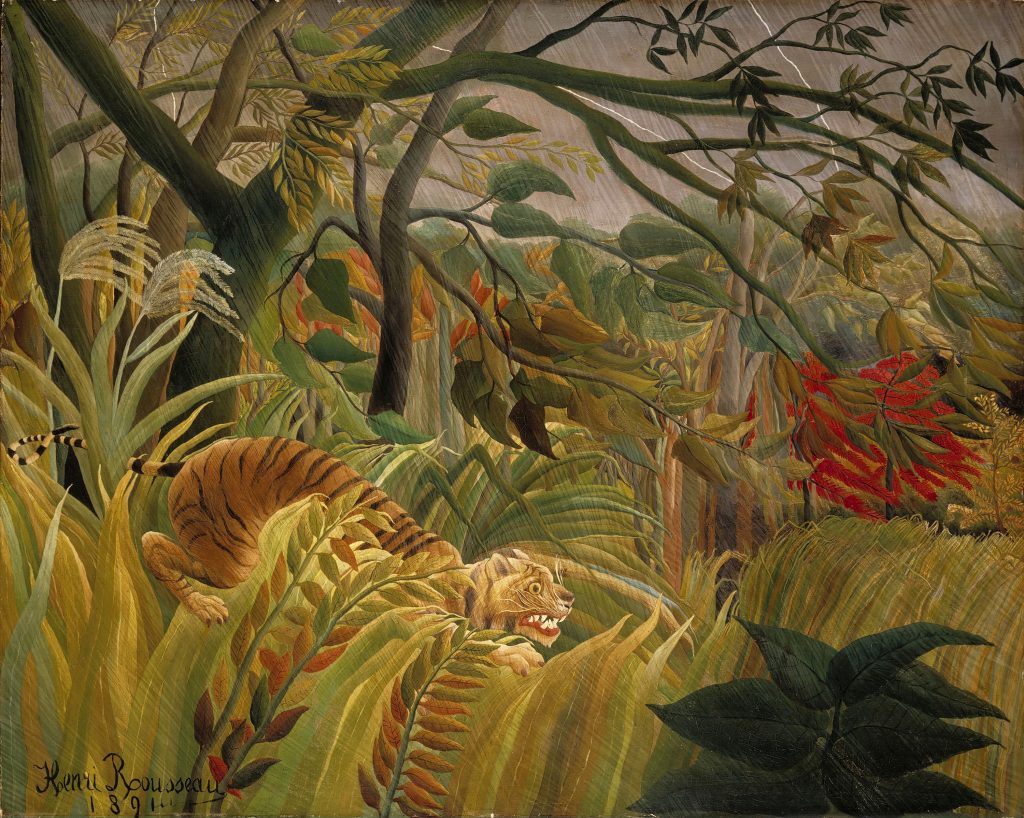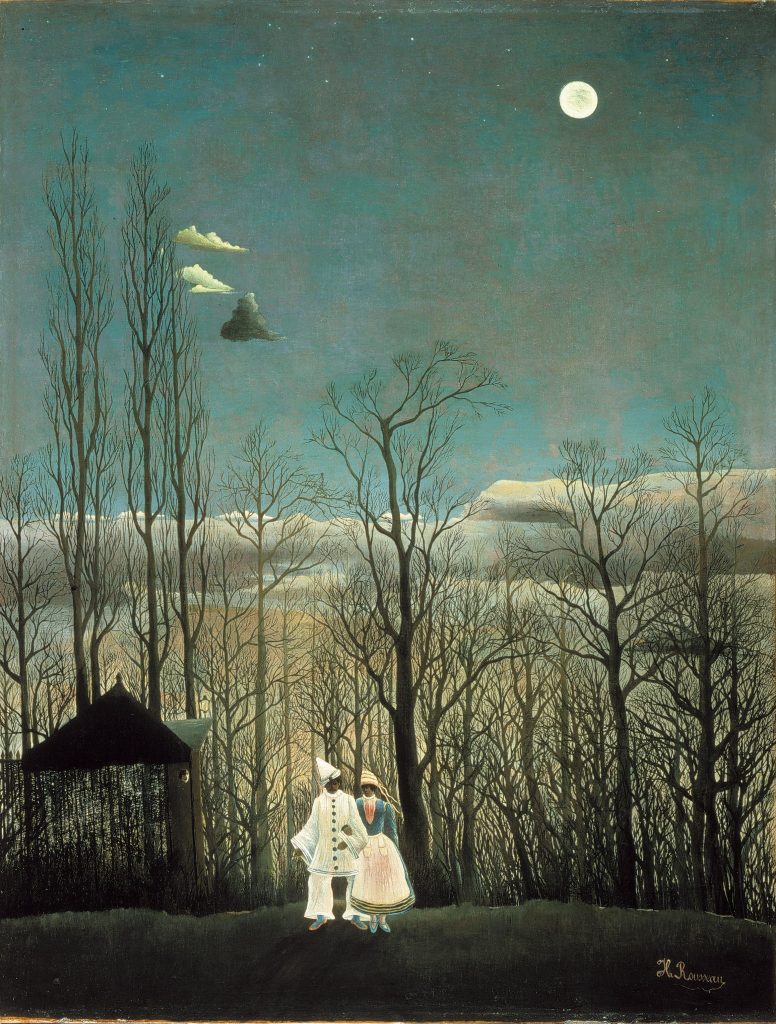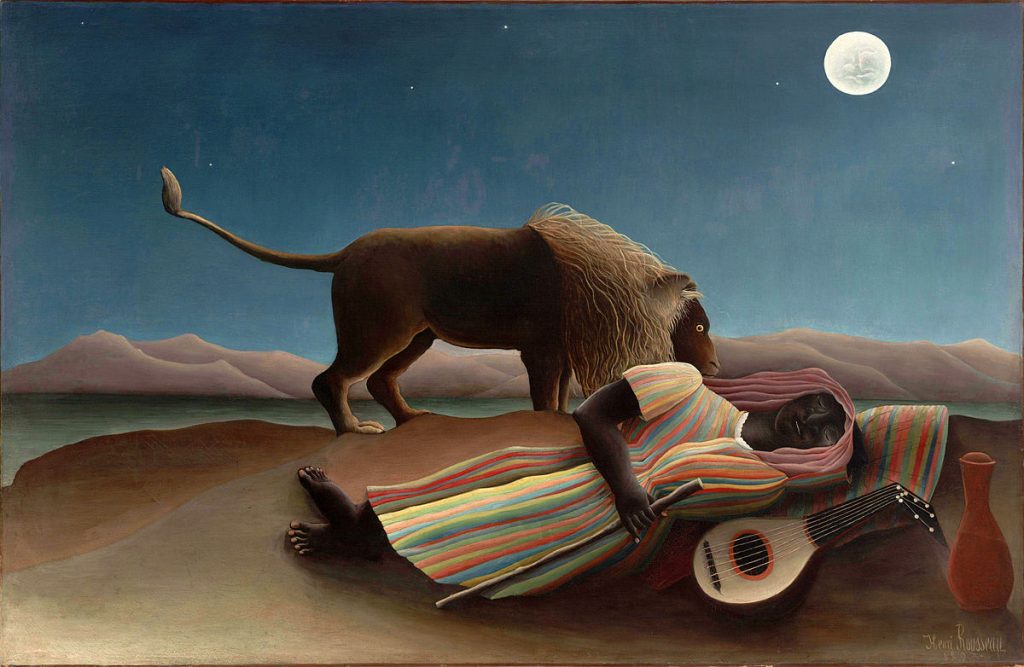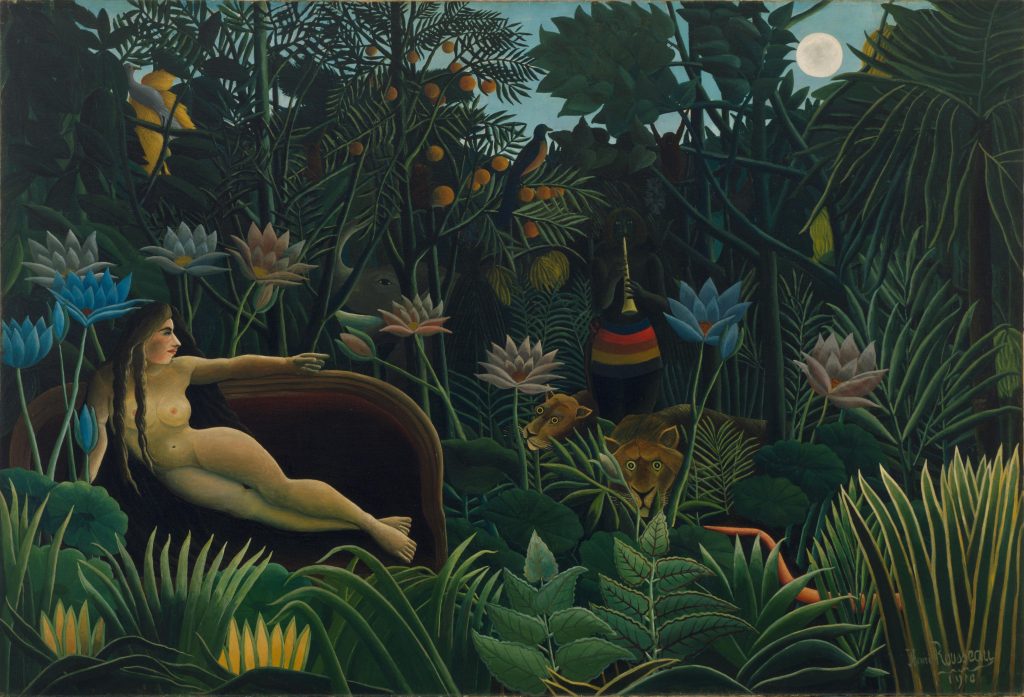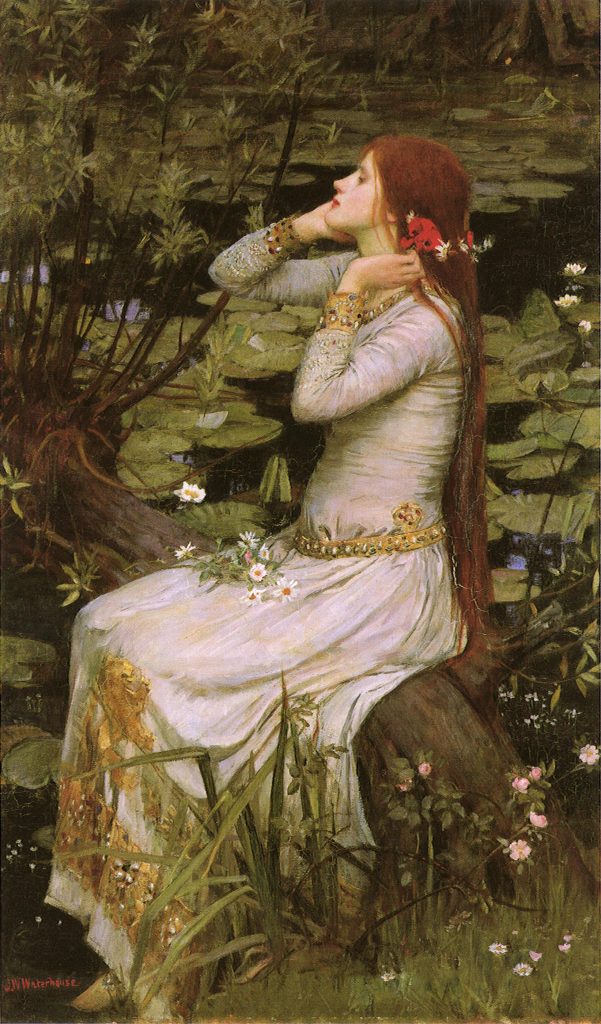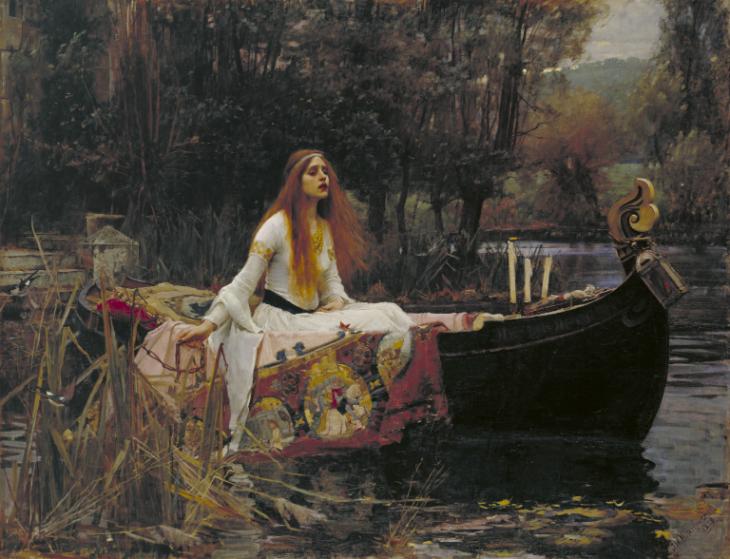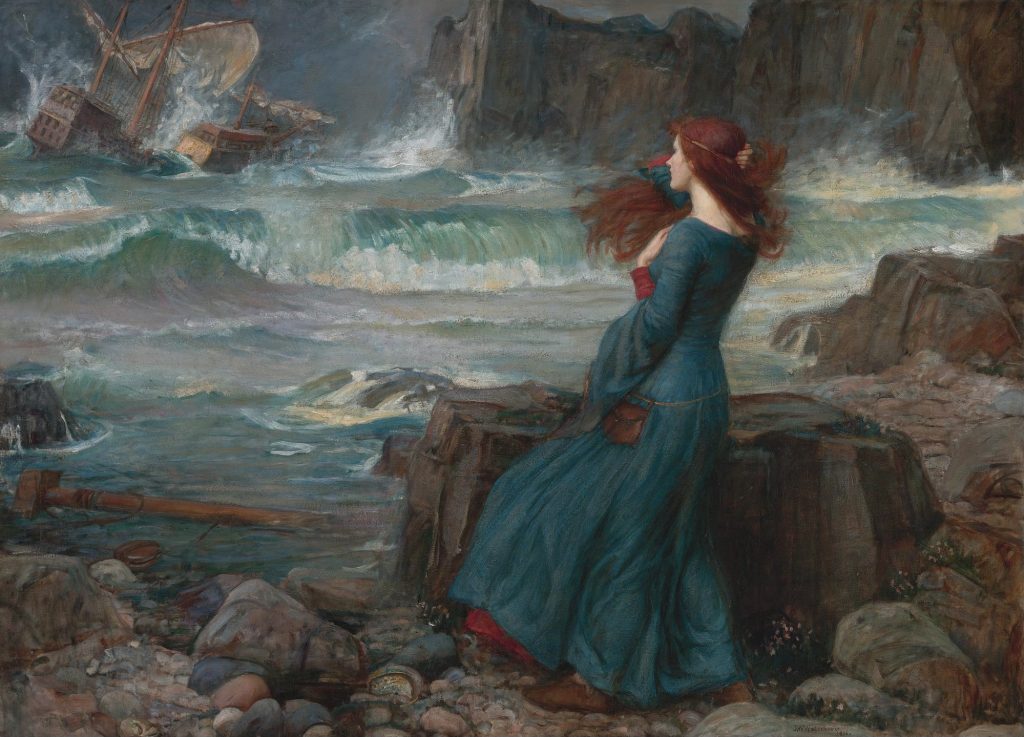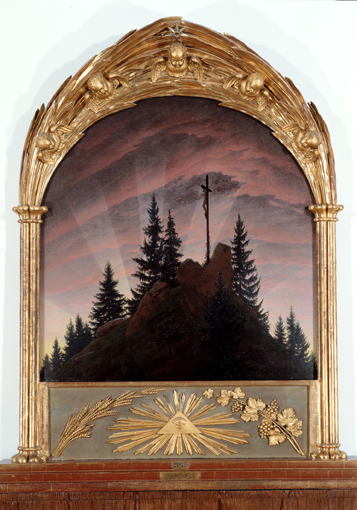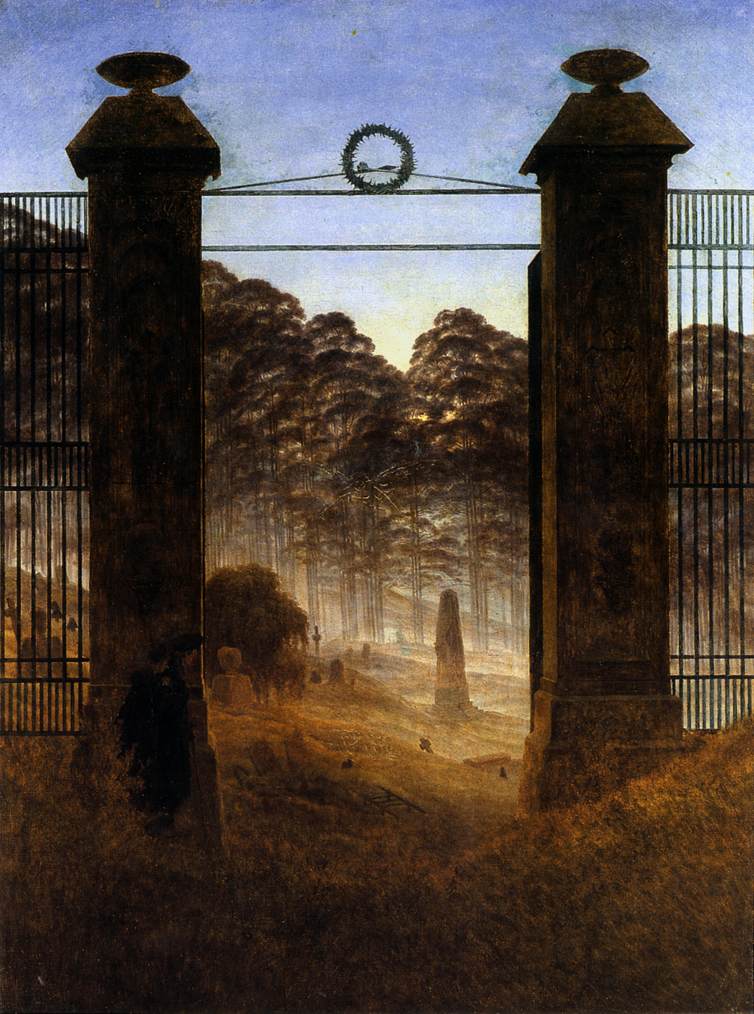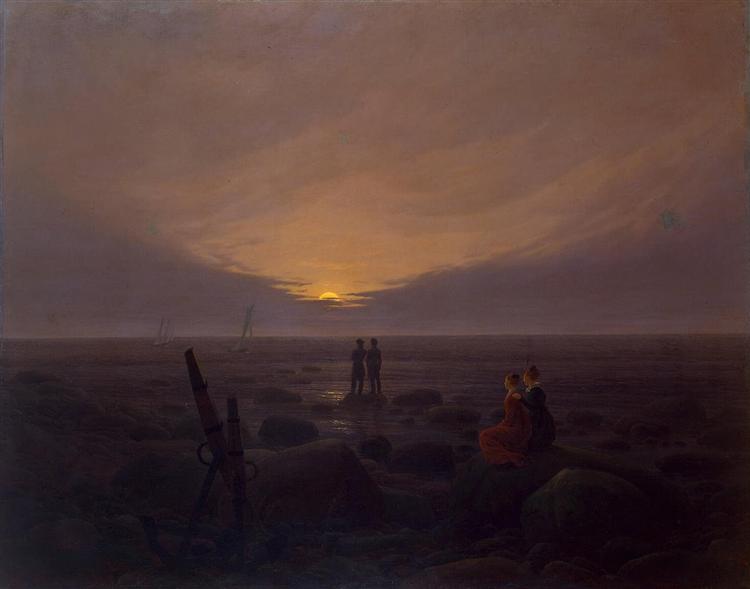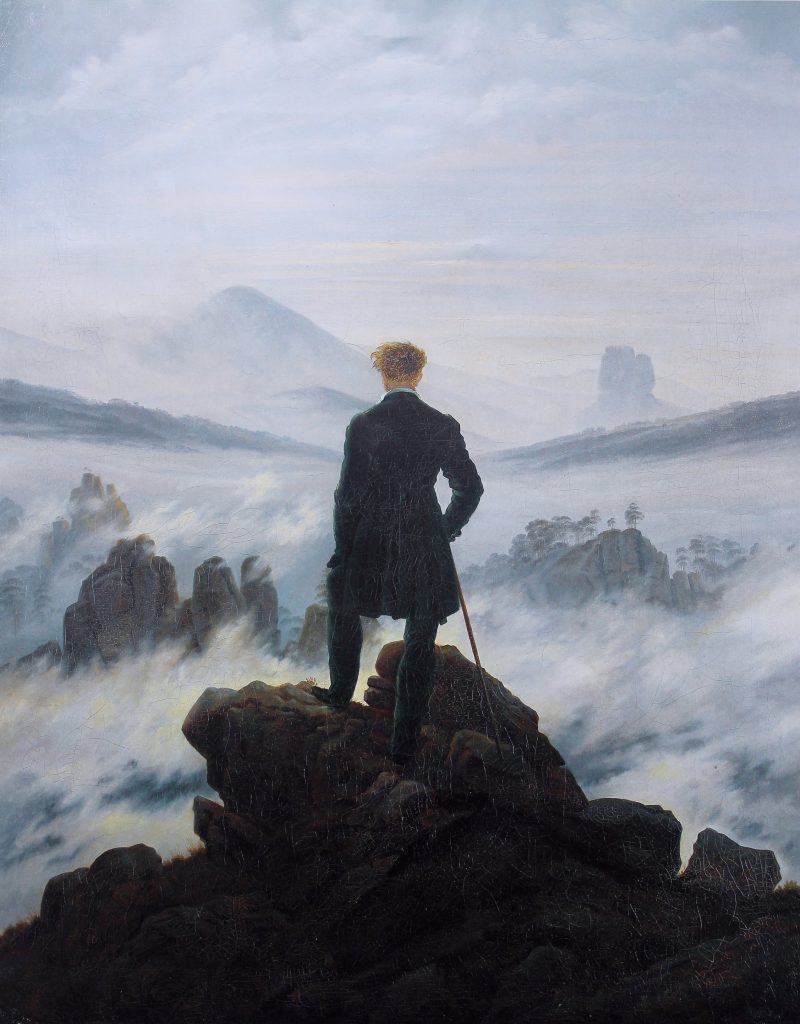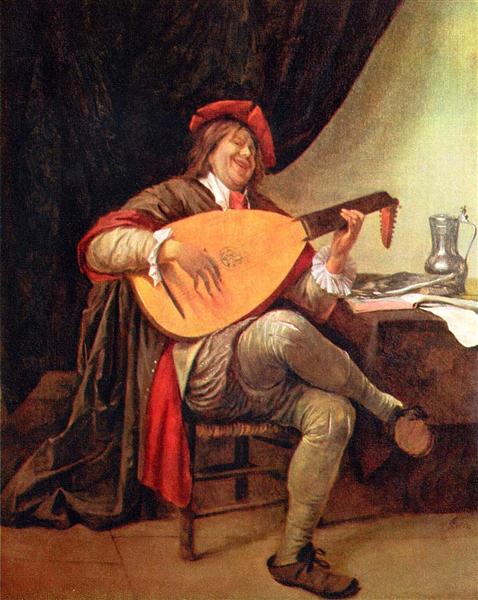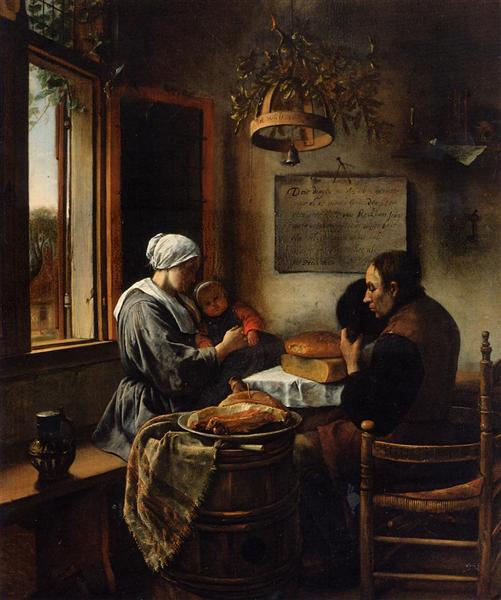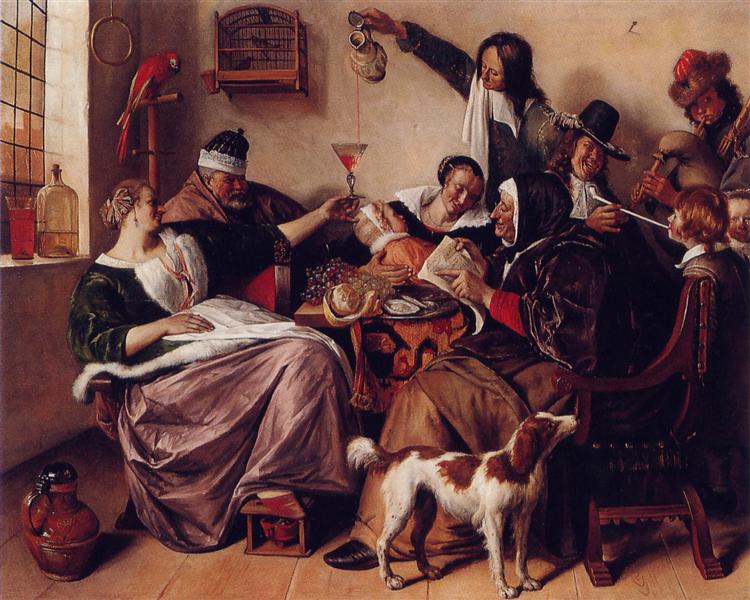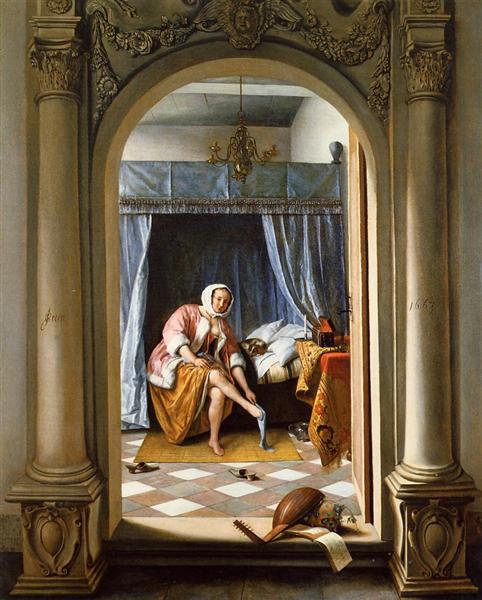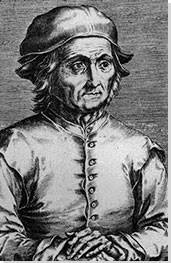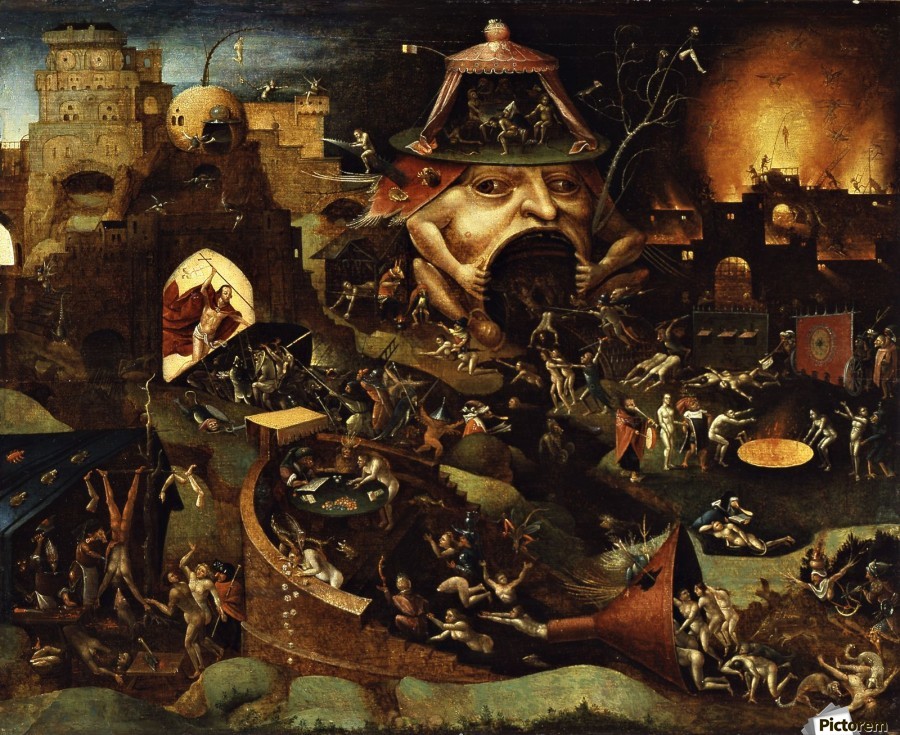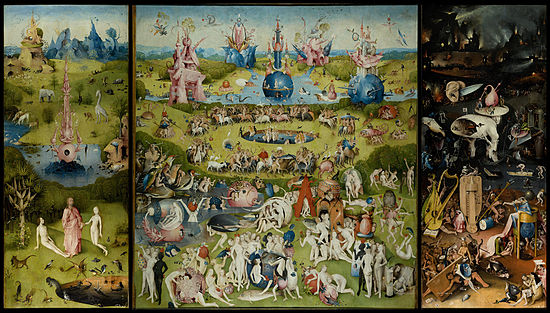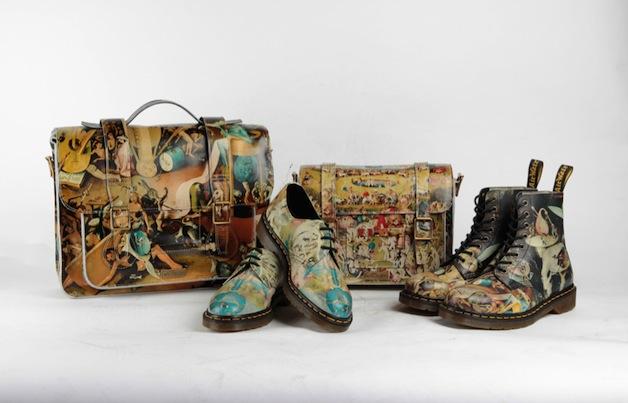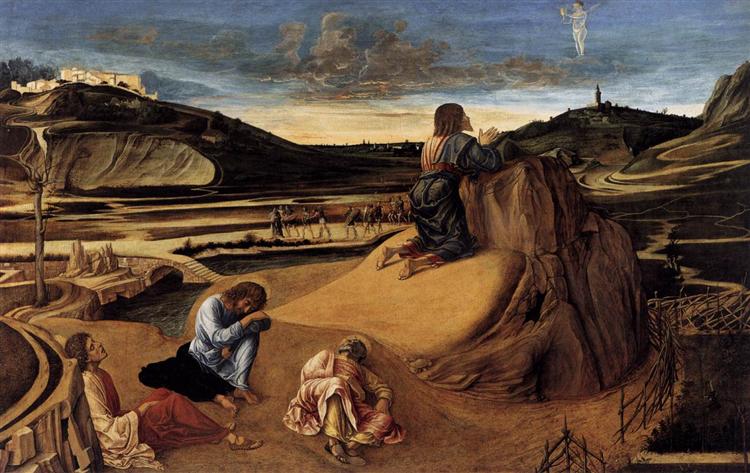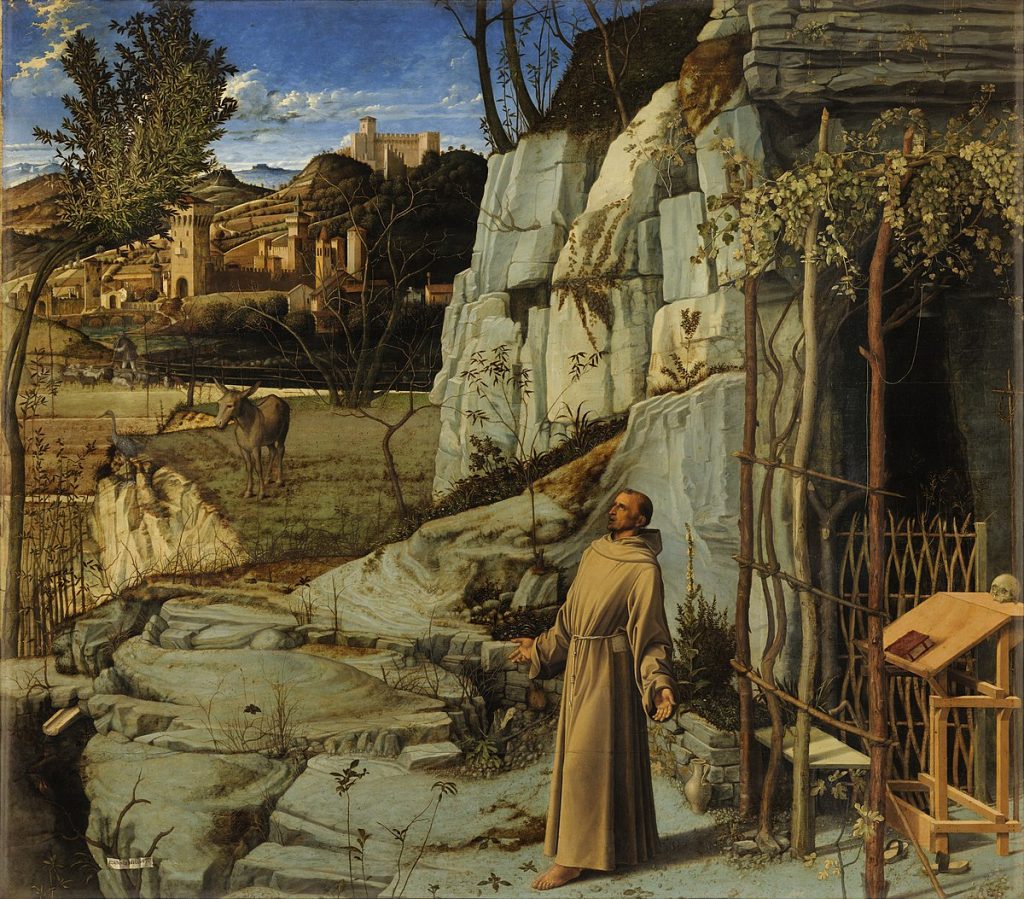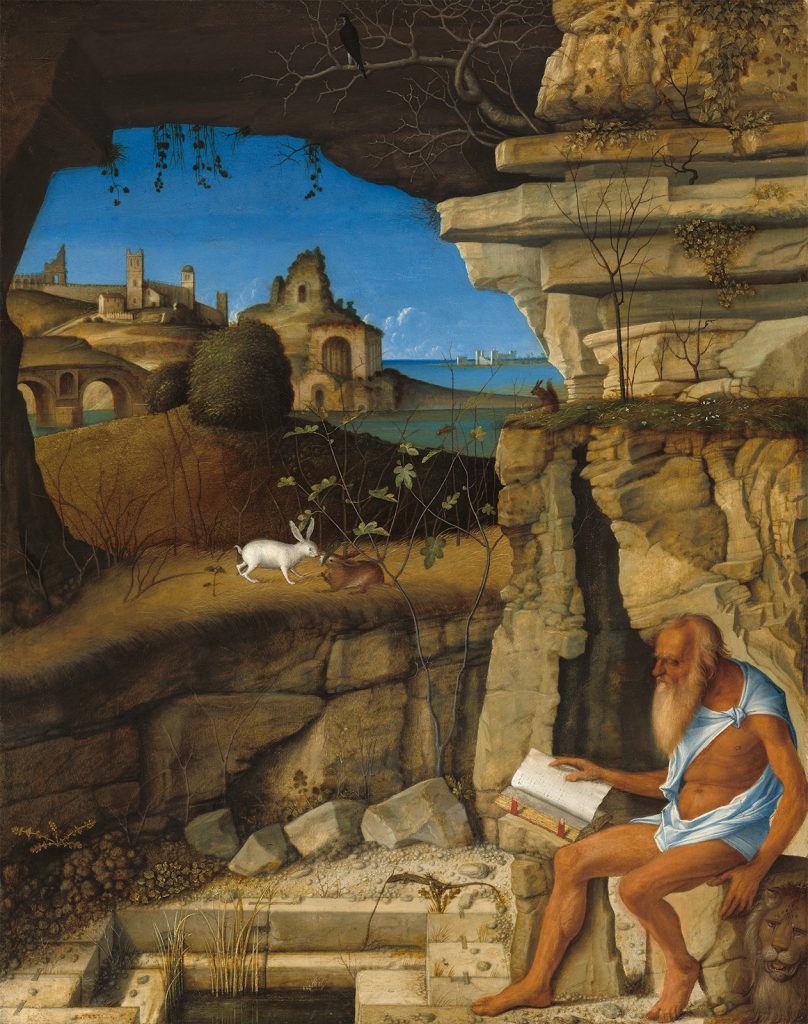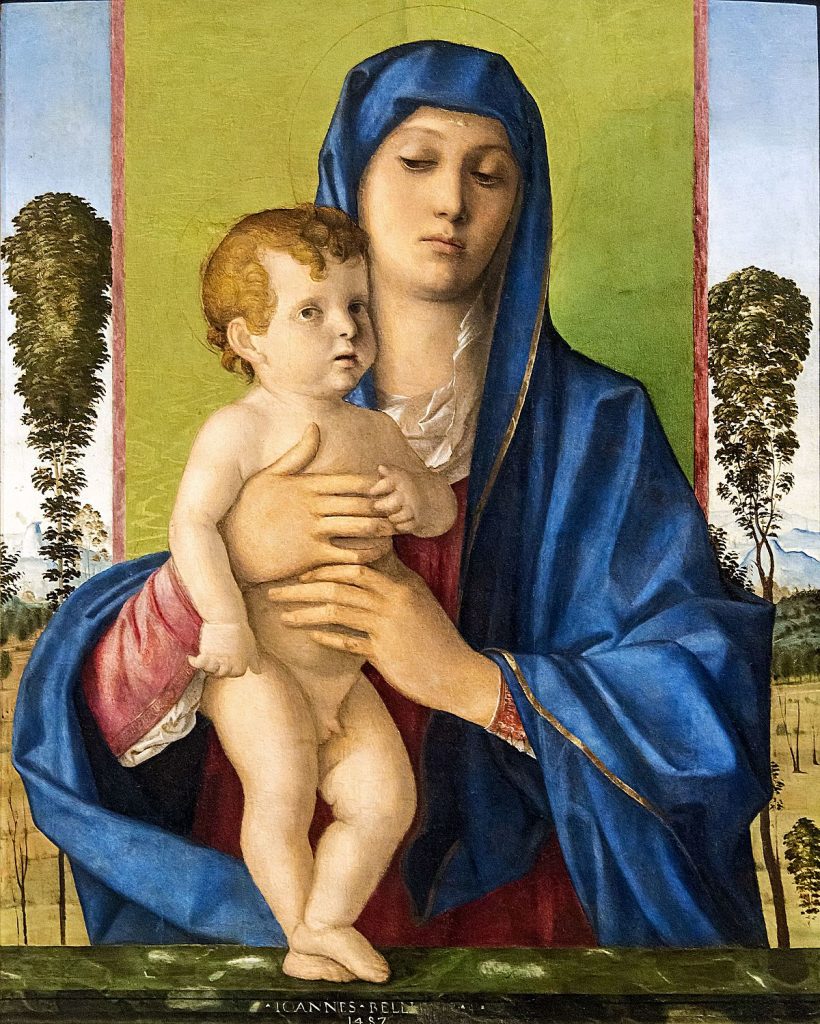
Frida Kahlo was born in 1907 in Coyoacán, Mexico, at the Casa Azul, which was her home for most of her life, although she spent the majority of her life claiming she was born in 1910: in part because she was younger than her peers in school due to having been infected with Polio as a child, but mostly because she wanted to be known as a child of the Mexican revolution, which began in 1910. Frida enjoyed art as a child, but was quite academically inclined and was well on her way to medical school until she was in a tragic bus accident at the age of 18.
On her way home from school, the wooden bus Frida was riding collided with a streetcar. She was very badly injured: she fractured multiple ribs, her collarbone, both her legs, and she was impaled through her pelvis by an iron handrail. This left her bedridden and unable to walk for 3 months, she turned to art. Her parents set up an easel and mirror that allowed her to paint while in bed.

In 1928, she married the well known Mexican muralist Diego Rivera, who was 20 years older than her. Only a couple of years into their marriage they moved to the US for Diego’s work. Frida did not like it there, so they eventually returned to Mexico, much to Diego’s dismay. This caused some tension in their marriage, and they divorced in 1939. This proved to be a productive time for Frida’s career where she painted many of her important pieces. She remarried Diego one year later. Their marriage was marked with infidelity and affairs.
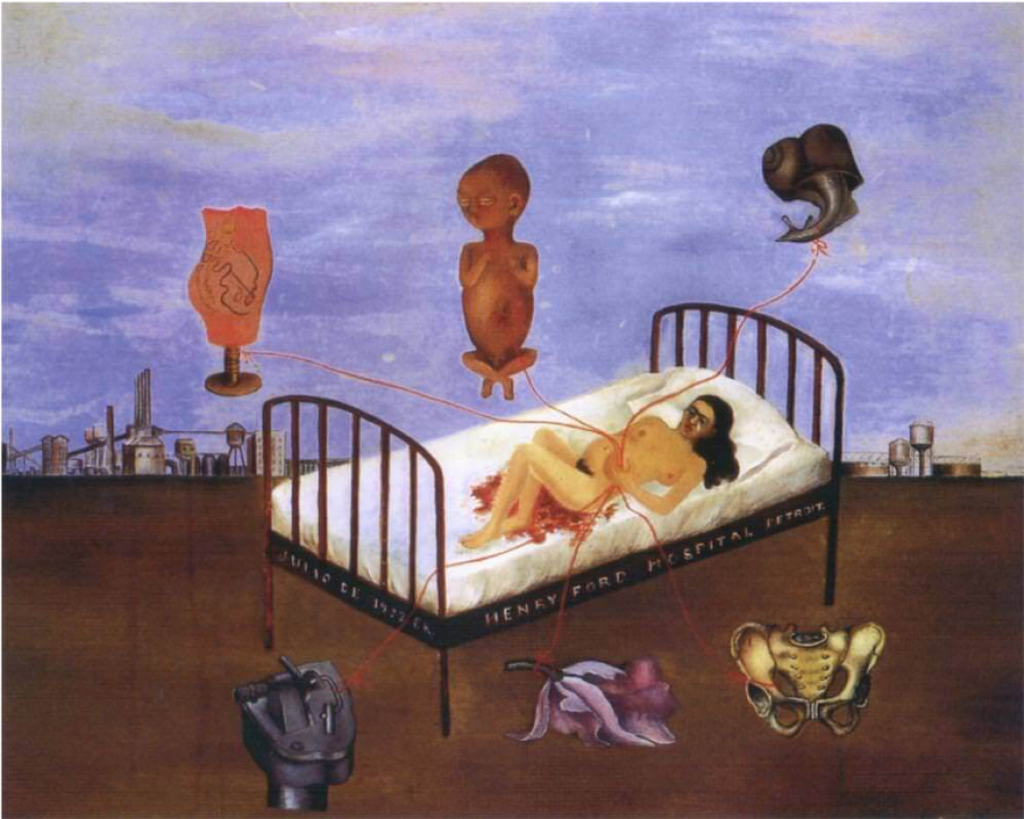
Frida never had it easy in terms of health and suffered quite a bit. As her health began to decline she got increasingly confined to the Casa Azul. She had her first solo show in Mexico in 1953 but had been put on bed rest by her doctors. Determined she had to be there, she had her bed moved to the gallery and arrived at the show in an ambulance.
Throughout her life, Frida was an active member of the Mexican Communist Party, was very passionate about her Mexican culture and heritage, and expressed her feminist and anti-colonialist ideals through traditional indigenous Mexican peasant clothing.

Frida’s main subject was herself, painting a total of 55 portraits in her lifetime. In a style that combined realism and fantasy, she also commonly painted themes of identity, post-colonialism, gender, class and race in Mexican society. Although she is sometimes classified as a surrealist, she strongly disagreed with this, once saying: ” this bunch of coocoo lunatics and very stupid surrealists”.
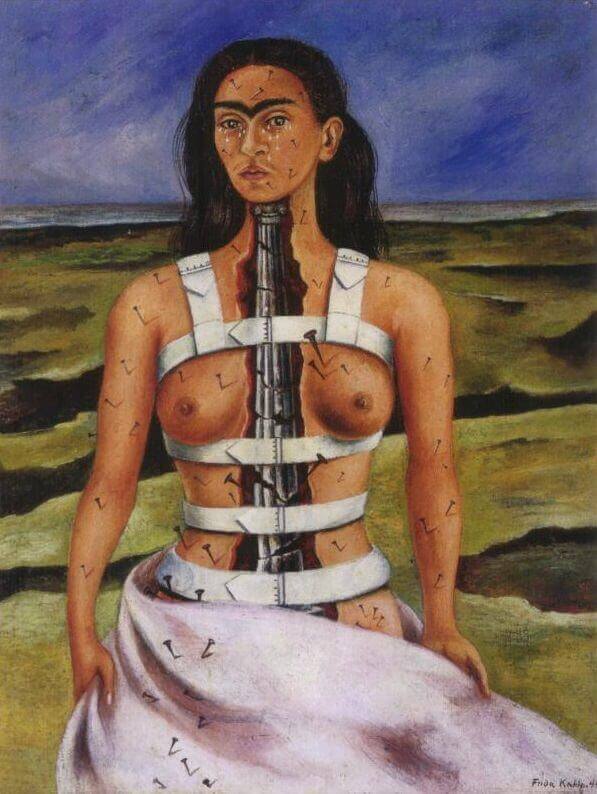
As she neared the end of her life, her paintings got darker in subject matter, often containing themes of terror, suffering, wounds and pain. After losing the bottom half of her right leg to gangrene and set off by another affair of Rivera’s, she attempted an overdose. The last words she wrote in her diary were “I joyfully await the exit — and I hope never to return”. Her cause of death was officially ruled to be a pulmonary embolism, but it was found that she had taken an overdose the same night she died. No autopsy was ever performed.
The home where she was born, lived and died is now known as the Frida Kahlo Museum. Although she remained relatively unknown until the late 1970s, by the 90s she had become an icon to Chicanos, feminism and the LGBTQ+ movements. Today Frida is “one of the most instantly recognizable artists.”
I LOVE THIS WOMAN SHE IS INCREDIBLE!
Sources
https://www.youtube.com/watch?v=B9XYtPqWLB4
https://en.wikipedia.org/wiki/Frida_Kahlo
